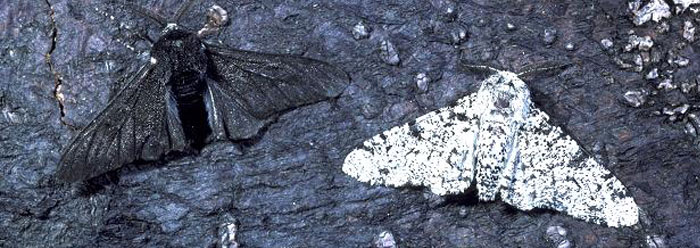
Peppered Moth Still Not Evolving
by Brian Thomas, M.S. *
http://www.icr.org/article/9485
Back in 2003, ICR founder Dr. Henry Morris explained a few ways evolutionists themselves criticized the use of the peppered moth as an example of evolutionary beliefs.1 New genetic research validates those criticisms.
The moth earned fame as a key player in a classic evolutionary story in the late 19th century. In England, a population of peppered moths supposedly shifted their coloring from mostly white to mostly black after soot from the industrial revolution darkened their tree-trunk homes. According to the tale, bird predators had a difficult time seeing the now-camouflaged dark moths, so those moths began to thrive.
That story helped rescue Darwin's conception of natural selection from a round of early 20th century criticisms, such as a lack of supporting field evidence.
However, later researchers could not replicate the peppered moth results. Other investigators discovered that most of the story's facts were essentially wrong. For example, peppered moths live mostly beneath leaves, not on tree trunks. One researcher staged photos of the moths on sooty trunks—not where moths naturally rest.
Image credit: © 2011. M. Henderson. Adapted for use in accordance with federal copyright (fair use doctrine) law. Usage by ICR does not imply endorsement of copyright holders.
*Mr. Thomas is Science Writer at the Institute for Creation Research.
Article posted on August 4, 2016.







